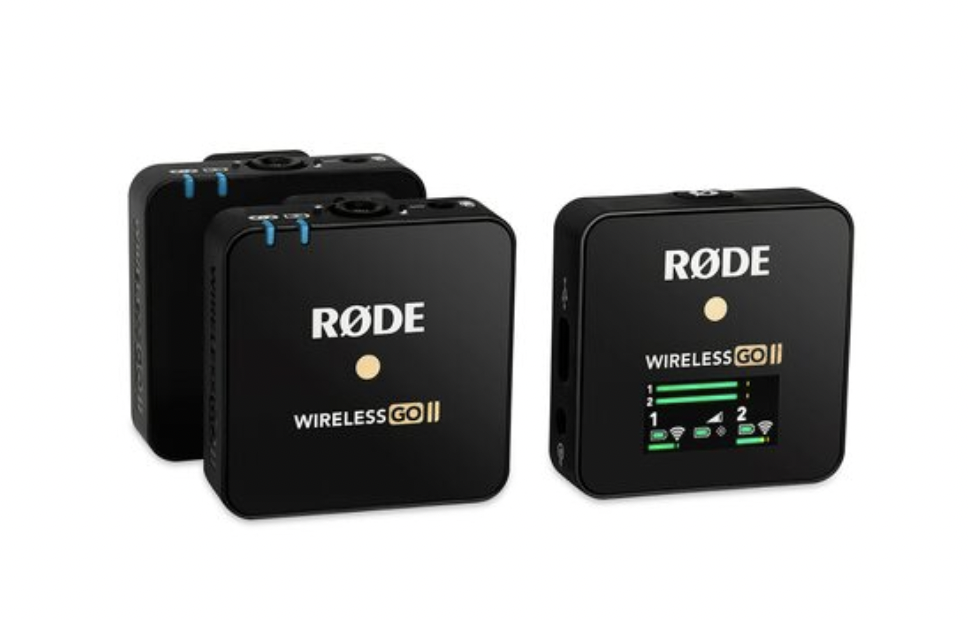This particular “pro-tip” simply means that you should think like an editor when filming. When recording a scene, you’ll want to capture several angles and a few “safety shots”. This means you’ll have choices later when creating your final cut. This will save you time and effort that you might otherwise spend on refilming. Plus, it will prevent you from settling for subpar shots that will make your work look unprofessional.
And when you edit, use a simple video editing software that you can get used to before moving on to more complicated programs. You can learn from our video editing tips, which include simple yet professional techniques aside from the simple cutting, clipping, and correction of video clips and audio levels.
Photo by Fiore: Santa Fe, New Mexico
www.fioreimage.com
#FIOREIMAGE #Videographer #SantaFeVideographer #InternationalVideographer #Filmmaker




















